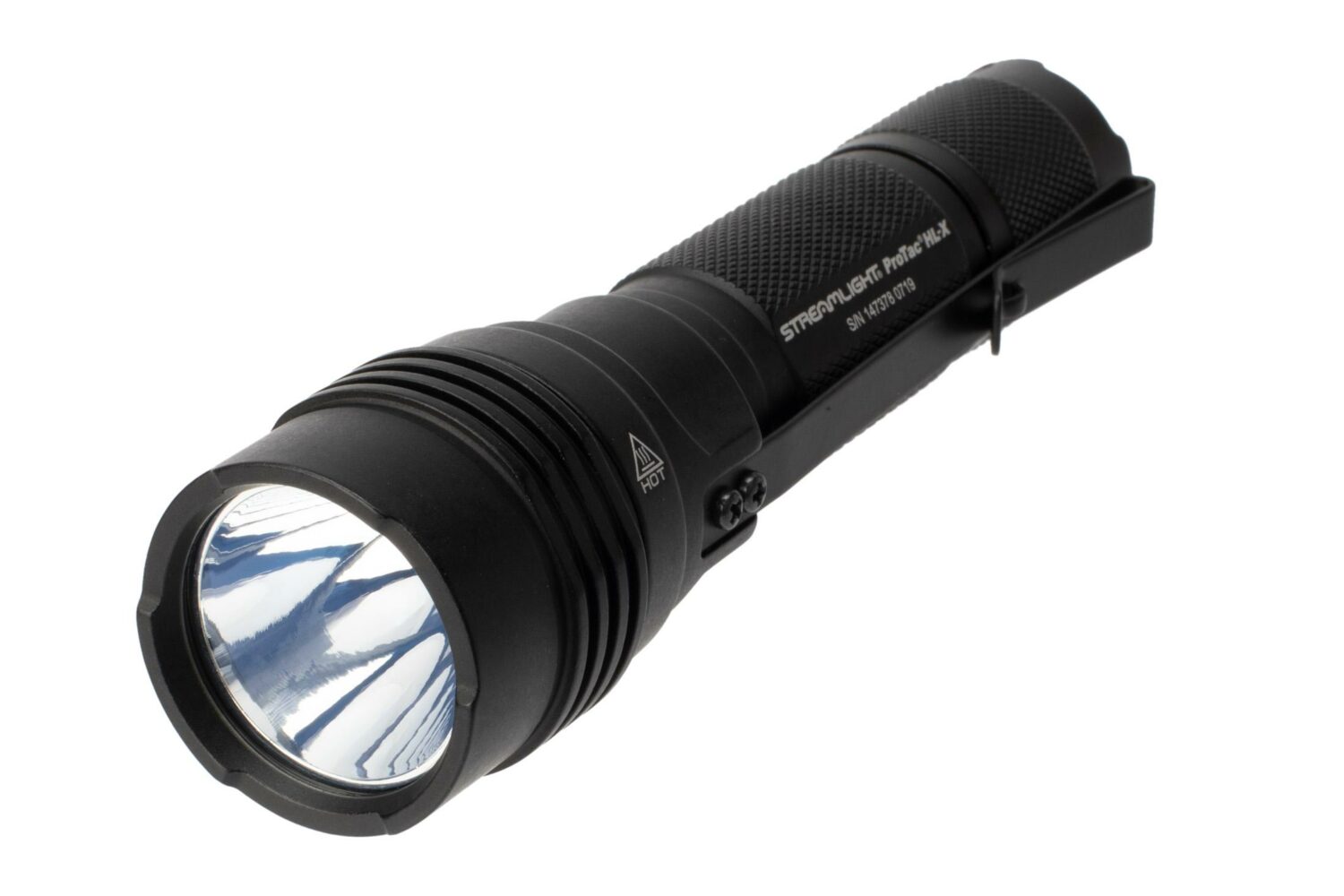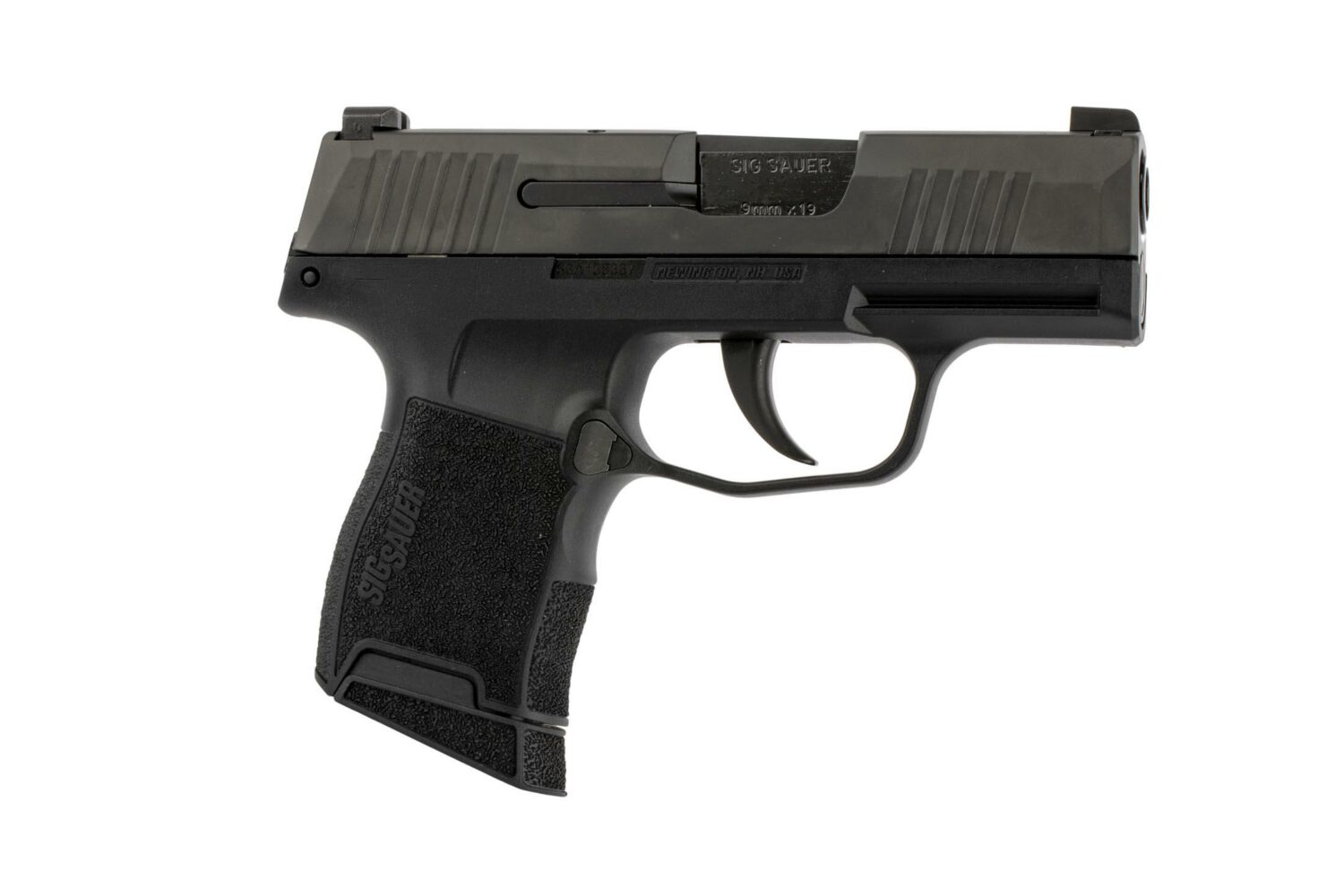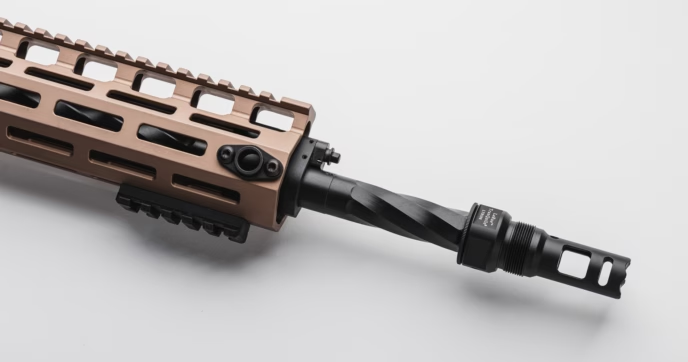Primary Arms Staff

We recently published a blog about ‘bugging in’, or lasting out a disaster by hunkering down in the home.
With many disasters, hunkering down just isn’t an option. Depending on where you live, flooding, storms, or tornados might force you to evacuate. In this case, you’ll want a kit that you can bring with you—something lightweight and compact, which won’t draw much attention if you’re on the move.
In this Primary Arms blog, we’ll detail some of the biggest considerations when building your ‘bug out bag’, including some recommendations on kit that you should certainly keep on deck.
Since we’re talking about a ‘bug out bag’, there’s no better place to start than the bag itself.

BEST SURVIVAL BACKPACKS AND RUCKS
Every outdoorsman knows: backpacks are a complex science. Choosing the right size for your bug out bag is important.
A full-size sustainment ruck or duffel bag can carry a lot of supplies, but the bulk could limit your mobility—especially if you are moving inside and outside of vehicles. At the same time, if your bag is too small, you will be making compromises on your toolkit.
In our opinion, the ideal ‘bug out bag’ is actually two separate bags: one ~30L ‘quick escape’ backpack and a larger supply bag.
Your ‘quick escape’ backpack is all about speed and trimming down to the essential items. A mid-size assault pack has enough capacity to store most of your high-priority items, so you can ‘grab and go’ if you’re in a rush. Prioritize waterproof bags if you’re in a storm area.

Ideally, your lightweight backpack can be supplemented with a larger supply pack that holds bulky, low-priority items like MREs and spare blankets. This bag should be big enough to fit most of the non-essential goods while remaining light enough to carry if need-be. Duffel bags and deployment bags would be great candidates for this purpose.
A two-bag setup is all about flexibility, which is an important concept in preparedness. You want an answer to any situation, and splitting your bags will offer an added level of protection in case you’ve got to scramble.

OUTFITTING A LIGHTWEIGHT BUG OUT BAG
In the previous blog, we talked a lot about prioritization of supplies. Your lightweight bag should include only the most essential equipment, so you can stay quick in the chance of danger.
Here are a few items that you should always have in your primary bugout bag:
DRY CLOTHES/WEATHER PROTECTION
Water is a leading cause for bug-outs. Whether by storm or by flood, water is a threat that cannot be underestimated, and storm exposure can do serious damage to the body and morale.
If you live in an area prone to heavy rainfall, your bug out bag should have some dry clothes and rain protection at a minimum.

MEDICAL EQUIPMENT
During a disaster, you’re always at risk of injury. If emergency services are unavailable, first aid equipment will be your lifeline.
A basic medical kit can make all the difference in a high-hazard environment, so be sure to stock up on essential trauma gear—and get fully trained with it. Every kit should have a tourniquet, compression bandages, gauze, and nitrile gloves. This kit should also be expanded as you grow more familiar with the equipment and procedures.

Shop All In Stock First Aid Kits
SIGNALING GEAR
In many cases, bug out scenarios lead to search and rescue. If your evacuation is interrupted, you may need to signal for rescue—and fast.
Chemlights, flares, and signaling mirrors are all great equipment to keep in your lightweight bag, allowing you to maximize your visibility in adverse conditions. If you know how to use a radio, this is the perfect place to store a handheld.
In any survival situation, your number one priority is always rescue, so never skip out on signaling gear.

BASIC SUSTAINMENT
You can’t go long without water or sleep.
Every lightweight bag needs a canteen or hydration bladder, along with a basic sleeping system in case you have to camp out for the night. Exhaustion and dehydration aren’t just dangerous on their own—they lead to dulled perception, muscle weakness, and poor motor control. Over time, hunger can also take a toll, so consider packing a few meal bars to keep your energy up.
Many disasters can last several days before rescue comes available, so keep these essential sustainment items just in case you have to wait it out.

BASIC SURVIVAL TOOLS
In addition to sustainment, you may need some basic tools to protect yourself from harm.
Consider packing the following items into your kit as well:
– Knife/Hatchet
– Multitool
– 550 Cord
– Waterproof Tarp
– Flashlight
– Extra Batteries
– Waterproof Matches/Lighter
– Purification Tablets
– Recharge Station
– Roll of Toilet Paper
These items can be life-saving, and since they only weigh a few pounds altogether, it’s worth having them in your quick-escape bag.

PERSONAL DEFENSE
We save personal defense for last. Not because it’s the most important—but because it’s the most subject to variance. When you’re looking at the fine balance of speed and effectiveness, picking the right firearm can be a challenge.
For bugging out, we believe that incognito is always your best approach. Compact pistols are great for this purpose, since they can be readily concealed. But what about a primary weapon?

Disaster areas can be a hotbed of crime and aggression, and a rifle can provide both deterrence and direct force if necessary. To this end, rifles are superior to pistols in every way, except for one: subtlety. A rifle is conspicuous and draws a lot of attention to the individual. Even though you are better protected, attention is rarely a benefit when facing desperation.
There is a middle-ground, however: rifle-style pistols and SBRs.
AR Pistols (and SBRs) are significantly less conspicuous than their full-barreled counterpart. In some states, AR pistols can even be concealed and carried in a backpack. Depending on the size of your bug-out bag, this may be the perfect option to carry rifle-like effectiveness without drawing unwanted eyes.

With regards to ammunition, magazines can be kept on the person, slipped inside of pockets or stowed on the outermost pouches of your backpack. Since weight is a major consideration in bugging out, don’t overload yourself on ammo. As much as we’d all love to pack a SOCOM Scout and 20 extra mags, nobody wants to walk around with 40lbs of heat. Your priority is survival, which means fighting for just long enough to get out of danger.
In the bug-in blog, we also talked about body armor. While a plate carrier is a valuable protective asset, it is VERY conspicuous, and rifle plates add a lot of weight. If you’re trying to stay low-profile, a concealed soft armor vest may be the perfect compromise, since it can still protect you from pistols and shotgun pellets. If you still want rifle-rated protection, invest in a good poncho to help break up your body lines. It won’t make you invisible, but it’ll conceal an obvious plate carrier.

OUTFITTING A BUG-OUT SUPPLY BAG
The supply bag is a much lower priority than the essential bag. For most disasters, the lightweight bag will have everything you need to stay safe. That said, it never hurts to have an additional stash of supplies on-hand.
Here are a few items you could consider for a supply bag:
FOOD AND WATER
The primary purpose of this supply bag is to hold food and water, since these items are usually an inefficient use of space. Fresh, clean water is always a necessity—for consumption, cooking, and cleanliness. When weight is no concern, having a few gallons of fresh water at the ready is never a bad thing.
In the past, we’ve discussed the value of MREs. These are perfect of a supply bag, which could hold food for up to a week or two at a time. Your digestive system probably won’t be happy with you though. Fortunately, with our larger supply bag, we can stow a small backpacking stove to cook rice, noodles, and other easily-packed food items. Those meals can go a long way for your optimism and energy.

DRY CLOTHES AND COMFORTS
You can store more of your clothes, along with additional comforts like blankets and even a pillow.
Exposure and exhaustion are always an important consideration when preparing a survival plan. If you’re stuck without shelter, these items are even more important than ever. Dry socks and underwear can lift spirits in an otherwise bad situation.
MORE TOOLS AND SUPPLIES
With this larger bag, you can afford to bring heavier tools and supplies.
For example, a folding saw could be exceedingly useful if chopping through wood or breaking through debris. The same can be said of electrical tools, such as a portable jump starter. There are plenty of tools that are useful to have nearby—but not so important that you’d want to haul them around everywhere in your day pack.

You can also store duplicate items, such as additional blades, sleeping systems, tarps, and 550 cord. This gives you the option to supply others or replace your own damaged equipment.
PERSONAL DEFENSE…?
Extra ammunition and cleaning supplies? Absolutely.

That said, the supply bag is not the place to store additional firearms or body armor. Those items are all considered essential and should be carried on your person. In a disaster, your supply bag could become a target. If someone tries to snag something when you aren’t looking, you don’t want them to grab a firearm.

CONCLUSION
If a disaster pushes you out of the home, the best advice is always to keep calm. Preparedness is a constant process, requiring both research and repetition, and nothing ever goes exactly as planned.
By reading this blog, you’ve already taken the first steps out of the equation. Even if you’re hesitant towards prepping, you’re already building a survival-oriented mentality, and all the greatest survivalists know the value of mindset.
By keeping up with the news, staying attentive, and building a skillset of self-reliance, you put yourself in the position to thrive when others might falter.



